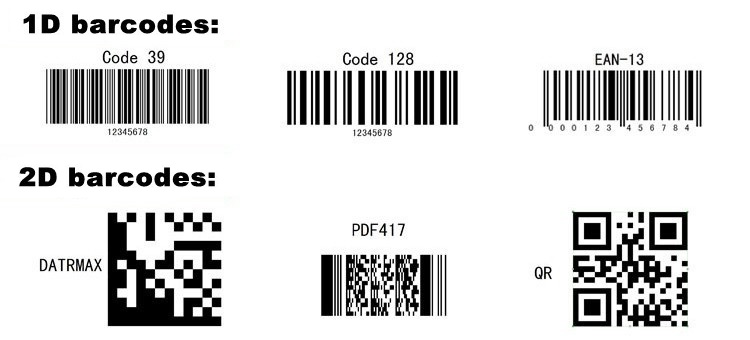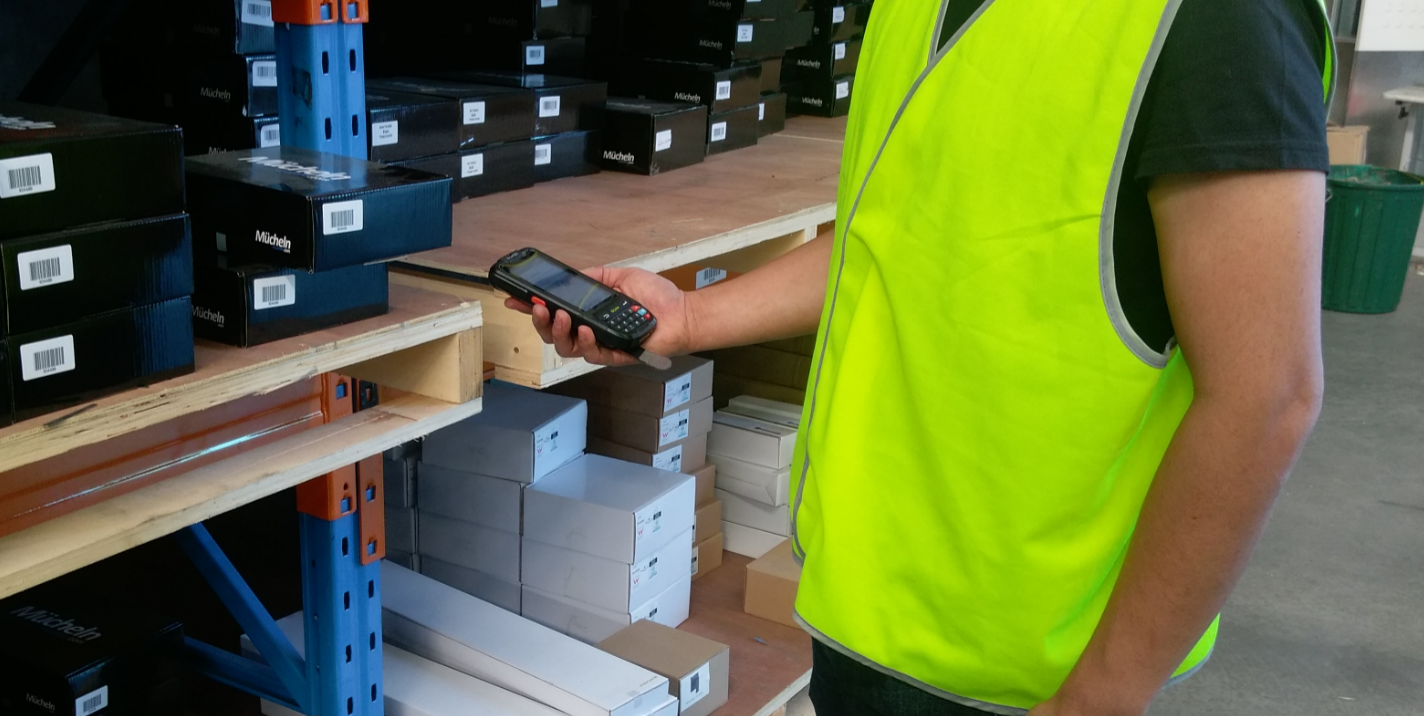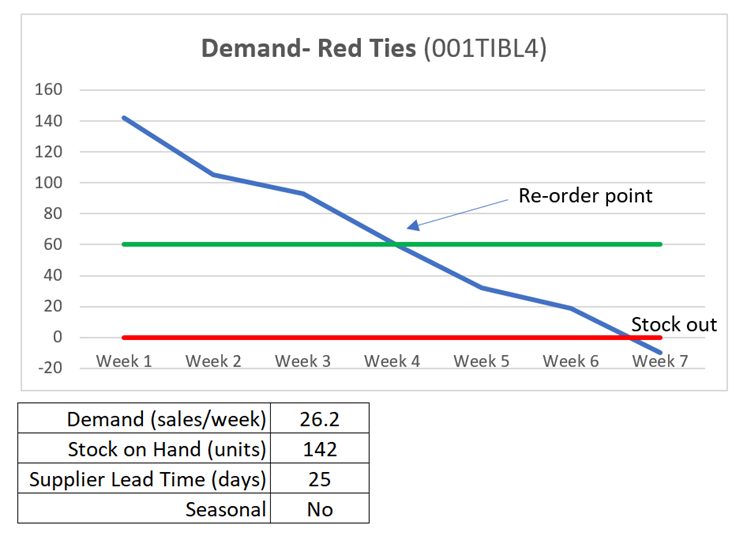Having an excellent product, spectacular images and a killer sales strategy are critical in building a successful eCommerce business. Just as critical, though, is what goes on behind the scenes: your Supply Chain.
The Supply Chain, also known as a Logistics Network, is loosely defined as the processes, people and networks that get your product from its source (supplier/manufacturer) right through to your end customer. If you get it right, your customers receive their products faster and you reduce your logistics costs.
Here are 4 fundamental areas to focus on to streamline and automate your eCommerce Supply Chain: Barcoding, Inventory Management, Order Management and Forecasting.
Barcoding
This tip is relatively simple: ensure all your products are barcoded. If your products have registered UPCs or EANs, then those become your barcodes. If not, however, there is no need to purchase a UPC. You can simply generate a barcode based on your SKU or Product code.
There are many barcode generators available online, some of which, like Seriallo, allow you to import and generate multiple barcodes at once. A barcode can be just about any combination of numbers or letters.
Some tips for developing barcodes:
1.) Avoid making your barcode numbers too similar to each other.
For example, if you sell a t-shirt design in red and blue colors, don’t use barcodes that lack that detail, such as tshirt001 and tshirt002, respectively.
Instead, use something like tshirtrd001 and tshirtbl002. This small addition makes it easier for those picking orders to avoid accidentally picking the wrong item.
2.) 1D vs 2D Barcodes?
Stick to 1D barcodes. Whilst 2D barcodes have been touted as being the future, they have yet to gain much traction, so it’s best to stick to 1D barcodes to ensure compatibility with any scanning hardware you may use.
3.) Printing Barcodes
Invest in a simple label printer such as those from Dymo or Zebra. Although there are services which will print barcodes for you and send them out, these are only worth it if you require thousands of labels.
Of course, the best option is to have your manufacturer affix the barcodes, if possible. They will normally do this for a small fee.
Inventory Management
Products barcoded? Check. Now the next area to focus on, Inventory Management, becomes a whole lot simpler.
We all know the importance of inventory management, as there is nothing worse than having to advise a customer after they have ordered that the product is in fact out of stock!
There are only 2 big tips to maintaining an accurate inventory:
1. Use an Inventory Management Platform
The main eCommerce platforms, such as Shopify, BigCommerce and Magento, have decent inbuilt inventory management which should suffice in most cases.
If you sell on multiple platforms or marketplaces such as eBay or Amazon, however, it is worth looking at a cloud-based platform which can interface with all of those. Some highly regarded examples include Stitch Labs and Ecomdash. These will sync with all your marketplaces and keep your inventory in one central location. This means that not only can your inventory update automatically based on sales orders, your purchase orders can also be imported to automate your stock receiving process.
2. Update your Inventory regularly.
Whilst important, this can certainly be tedious! Counting stock is not everyone’s idea of a fun time, but there are some things you can do to make it simpler, such as:
- Using cycle counting – When picking an item for an order, count the number in stock at the same time. This practice also ensures that your high demand items have the most accurate inventory.
- Investing in a barcode scanner such as ScanSKU. Barcode scanners allow you to simply scan your barcodes and input quantities.
Order Management
Order Management refers to picking, packing and shipping orders for your customers. It includes both physically picking them for your customer and electronically processing them in your system.
As with Inventory Management, most eCommerce platforms have a basic functionality here which may suffice. If you have a high volume of orders or a broad range of products, however, here are some options to consider:
1. Implement a warehouse management platform.
As the next level above inventory management platforms, warehouse management platforms, such as SKUVault or SKULabs, allow you to pick and pack your orders by scanning barcodes. They also interface with your eCommerce platform and shipping provider. This means you can complete the full order management process on a mobile device. Warehouse Management platforms automate most of the order management process by interfacing and sharing data with your eCommerce platform, shipping platform and accounting platform.
2. Use a 3rd party logistics provider (3PL).
As an eCommerce business, your focus should be on your customers and their sales. With this in mind, consider outsourcing your order fulfillment to a company who collects, packages and ships your products for you.
Forecasting
Now that you’ve got your day to day operations running smoothly, what about the future? Forecasting means ensuring that you have enough product in stock to supply to your customers, without having too much stock that your storage costs are high.
Businesses often struggle with forecasting supply and demand because there are a lot of factors to consider. Forecasting new products can be especially difficult if you have no sales history to go from. Our advice:
1. Collect as much data as you can.
What is your supplier’s lead time? What are the transport times? What is the current demand of each product per week? Is your products’ sales demand consistent over time, or seasonal?
2. Look at the demand for similar products.
3. Analyse the market with Google Trends
4. Collect feedback from past customers about their interest in your new products.
Don’t forget, new products are likely to have an impact on demand for your existing products, especially if they are similar. Therefore, ensure this is factored into your forecast.
5. Consolidate all the above.
Inventory management platforms, such as Ecomdash, can automate your forecasting after you input the data you have collected above. Alternatively, you can use a simple spreadsheet to work out when you’re going to run out of stock and when you need to re-order from suppliers.
Implementing these logistics solutions is not an overnight process and will take some effort. If you get the basics right up front, however, you will see the benefits right through your supply chain. Ultimately, your customers will thank you when they receive their purchase faster and at a lower cost! And so will your bottom line.
Author Bio
Andrew Gurney is Managing Director at ScanSKU, a Warehouse and Logistics hardware and software provider. ScanSKU offers solutions for converting companies’ logistics networks into paperless operations through mobile pick/packing, shipping and inventory management.












